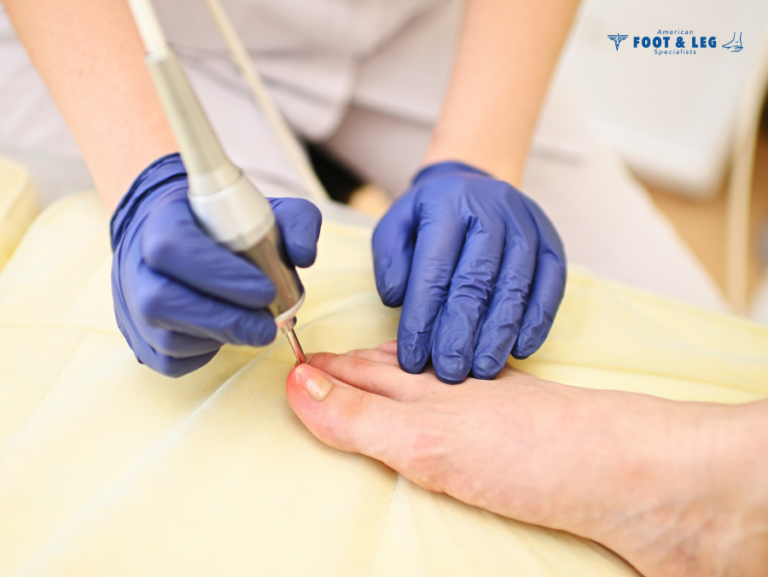Your legs matter a lot. It’s safe to claim that they helped you get to where you are now. (Yes, I was trying to make a joke about my legs.) Movement is unavoidable, and in a culture that values physical activity, stretching and conditioning are essential to maintaining the health of your legs.
Here are four typical issues that occur when our legs are put under a lot of stress without receiving the necessary strengthening and stretching:
Shin Splints
Shin splints occur when the muscles and connective tissue around the shin bone’s edge become irritated. This lower leg issue frequently results from running or engaging in other high-impact exercises on tougher surfaces. The repetitive motion of your legs hammering the ground can be too much for your muscles and tendons, much like when you’re running. Additionally, your propensity to developing shin splints may be influenced by the form of your foot and how you run. If you run or exercise regularly, ask a professional to look at your gait and feet and make recommendations on how to lessen the strain on your muscles. Ice your muscles while you rest them. Add an anti-inflammatory to your regimen. Stretch your lower leg and work on strengthening those muscles when the discomfort starts to subside.
Strained or Torn Muscles or Tendons
The first symptom of tendonitis may be pain in the lower calf or the back of the heel. Rest your leg, apply ice, and take anti-inflammatories. It may also be beneficial to wear supportive footwear or inserts that absorb shock. Stretch and strengthen your leg as soon as the discomfort has subsided. However, if the pain is unbearable, your Achilles tendon may have ruptured; thus, call American Foot and Leg right once. Stretching before and after any strenuous activity is the recommended course of action.
Cramping Muscles
If you’ve ever suffered a muscle cramp, you know how acute the agony can be. Your lower leg muscles will stiffen and hurt sharply when you get a muscle cramp. Due to exhaustion, heat, or dehydration, muscles cramp. Most of the time, quitting whatever may have triggered the cramp will make them go away. Stretch or massage the muscles in your lower leg gently. An inflammatory muscle can be treated with cold, and a tight muscle with heat. To reduce your chance of cramps, make sure you stretch appropriately and workout properly.
Knee or Ankle Sprain
When a ligament is overstretched, a sprain results. Try resting, applying ice, compression, and elevation if the sprain is moderate (RICE). Apply ice to the area and visit a doctor right once if the sprain is more serious. It’s not a good idea to do an eight-mile run tomorrow if all you’ve been able to put in is 20-minute walks each day. For your muscles to get stronger, you need time. Whatever your present level of activity, always remember to stretch your muscles, drink plenty of water, and gradually increase your exercise intensity.





